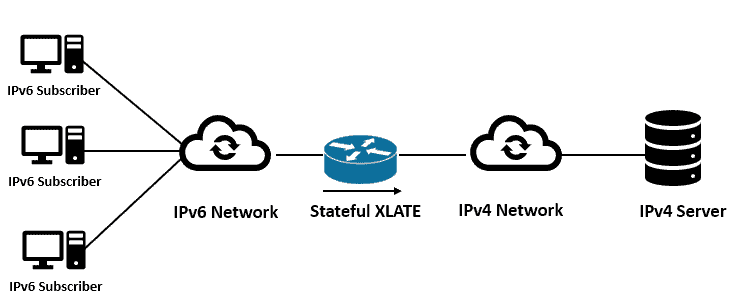1. Introduction
IPv6 is the latest version of the Internet Protocol (IP), which provides a larger address space than its predecessor IPv4. Furthermore, networking engineers designed it to overcome the limitations of IPv4, which had shortcomings in terms of address space, security, and performance.
IPv6 addresses have a 128-bit length, compared to the 32-bit length of IPv4 addresses, which provides a huge number of unique addresses to assign to devices and networks.
IPv6 has two addressing modes, stateful and stateless. In this tutorial, we’ll discuss the differences between these addressing modes in IPv6.
2. IPv6 Addressing Modes
Networking engineers use IPv6 addresses to identify devices and networks on the Internet uniquely. Each IPv6 address consists of 8 groups of 16-bit hexadecimal numbers separated by colons.
In IPv6, there are two addressing modes: stateful and stateless.
2.1. Stateful Addressing
Stateful addressing, also known as DHCPv6, is like the way IPv4 addresses are assigned. In stateful addressing, the DHCPv6 server assigns an IPv6 address to the requesting device.
This process involves a series of messages between the DHCPv6 client and server. Moreover, the client sends a message requesting an IPv6 address, and the server replies with an IPv6 address that is leased to the client for a specified period. It then uses this address until the lease time expires or until the client releases the address.
Stateful addressing is useful for assigning static IPv6 addresses to devices that require consistent IP addresses, such as servers or printers. It is also useful in cases where the administrator wants to control the network configuration of the clients.
The following figure shows the stateful IPv6:

2.2. Stateless Addressing
Stateless address, also known as autoconfiguration, is a simpler way of assigning IPv6 addresses.
In stateless addressing, each device generates its own IPv6 address based on its MAC address and network prefix. The process that generates EUI-64 addresses is called EUI-64 address generation. In EUI-64 address generation, the device’s 48-bit MAC address is split in half, and an FF: FE value is inserted in between them. The resulting 64-bit value is then combined with the network prefix to create a unique IPv6 address.
Stateless addressing is useful for assigning temporary IPv6 addresses to devices that do not require consistent IP addresses, such as mobile devices or laptops. It is also useful in cases where the administrator wants to simplify the network configuration and avoid the complexity of managing DHCPv6 servers.
The following figure shows the stateless IPv6:

3. Stateful vs. Stateless Addressing: Which to Choose?
When it comes to choosing between stateful and stateless addressing, there are several factors to consider, including IP address management, network size, security, network configuration, network monitoring, and complexity.
The following table summarizes the key differences between them.
4. Conclusion
In conclusion, IPv6 offers a larger address space and improved security and performance compared to its predecessor IPv4.
Stateful addressing provides centralized management and is suitable for assigning static IPv6 addresses to devices that require consistent IP addresses. In contrast, stateless addressing offers a simpler configuration without a DHCPv6 server and is suitable for assigning temporary IPv6 addresses to devices that do not require consistent IP addresses.
The decision of whether to use stateful or stateless addressing ultimately relies on the particular demands and prerequisites of the network.